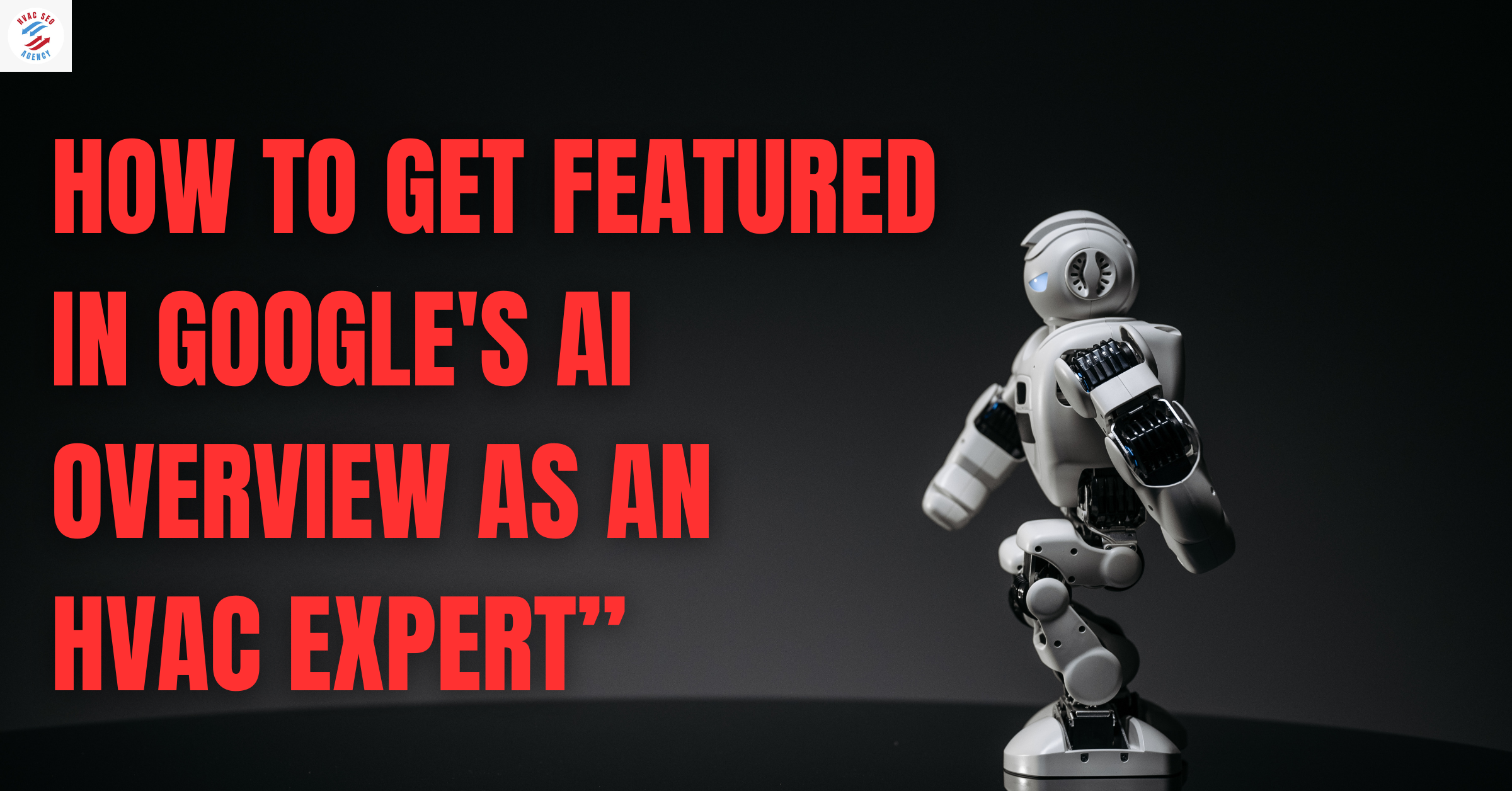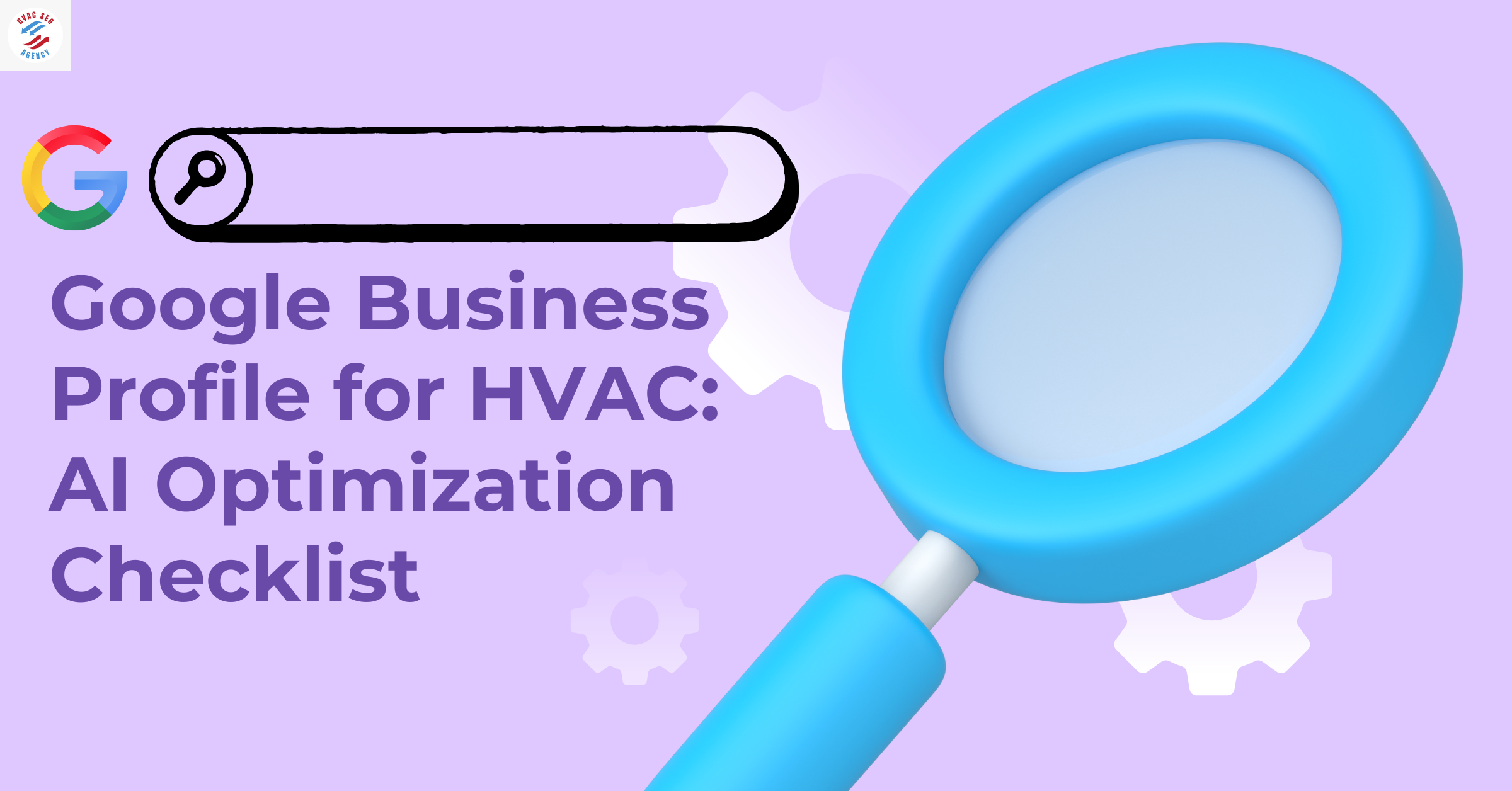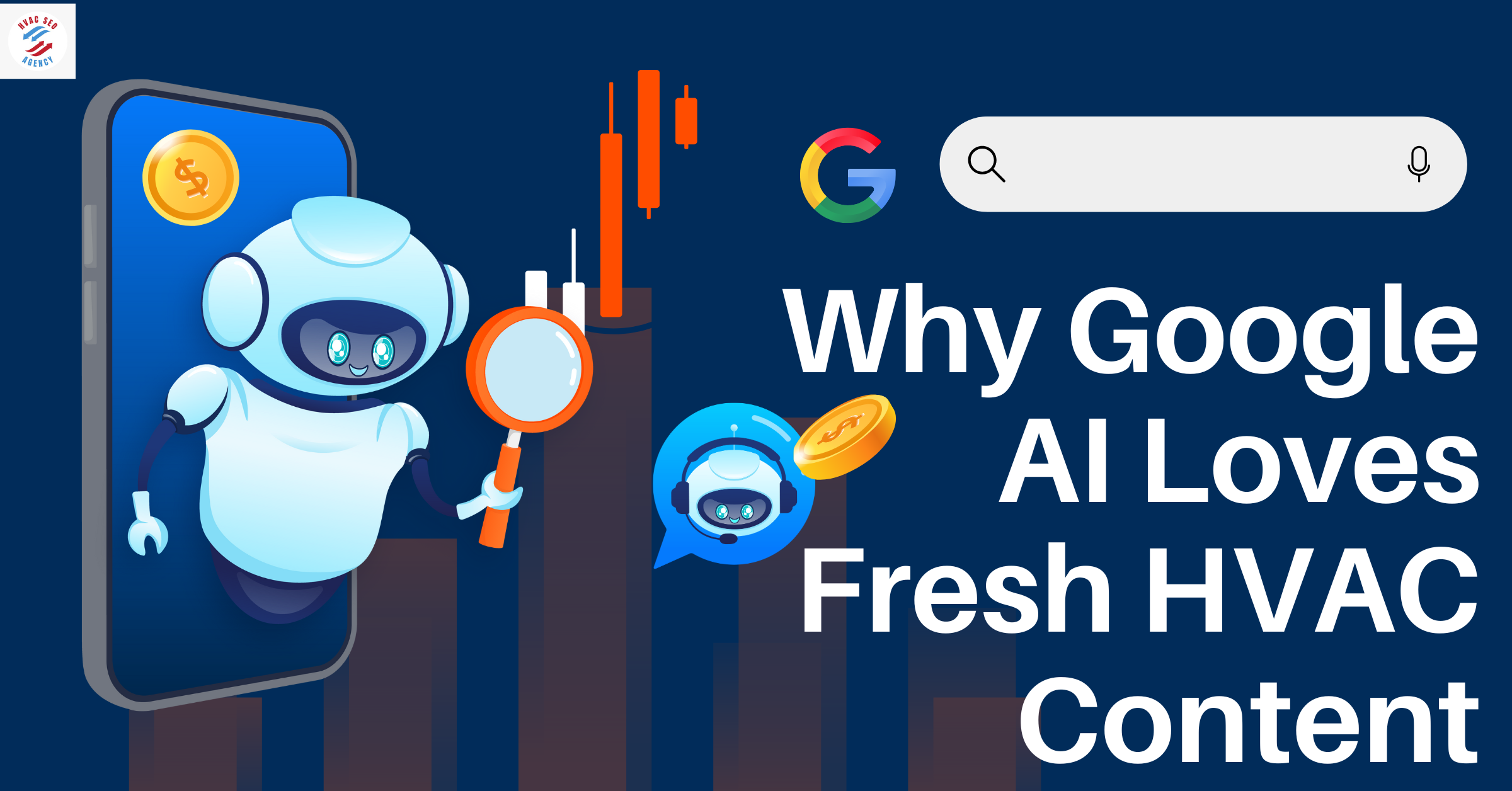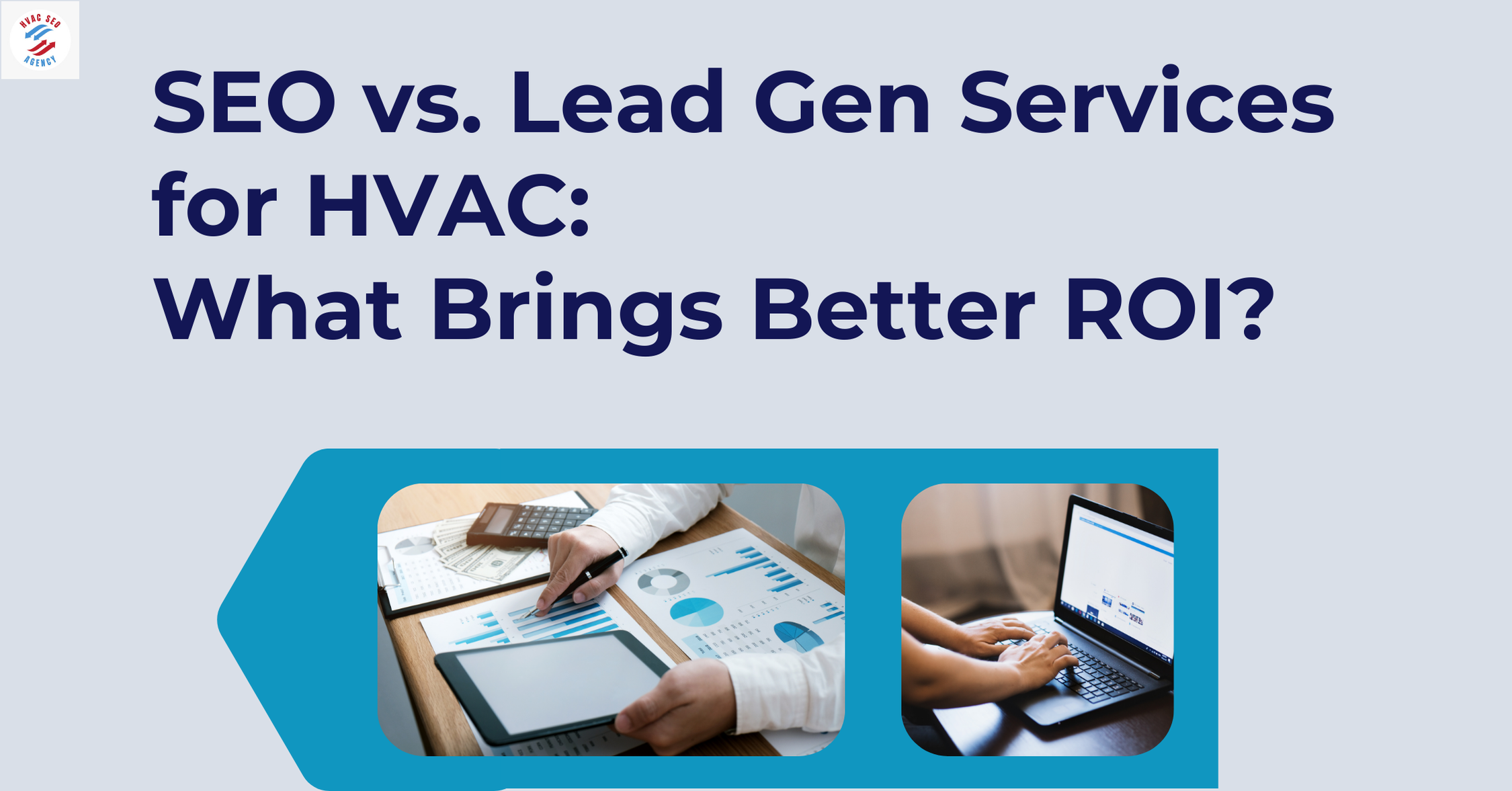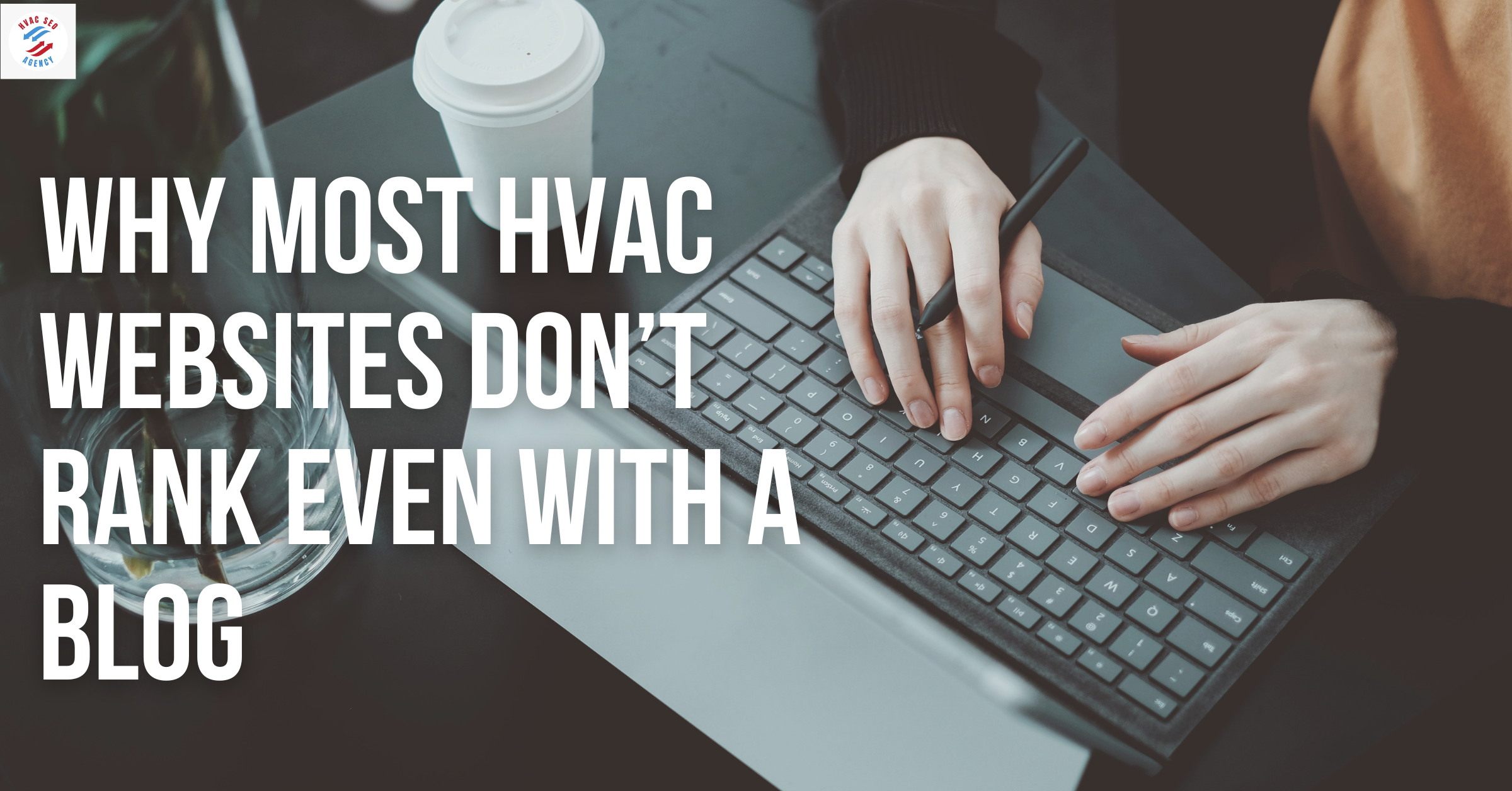How to Choose the Right HVAC System for Your Home or Business

SECTION 1: Introduction — Why HVAC System Choice Matters
Choosing an HVAC system is one of the most critical long-term investments for any home or business. Whether you're upgrading an outdated system, designing a new construction, or replacing inefficient equipment, the HVAC system selection process impacts energy efficiency, indoor comfort, operating costs, and property value. The wrong system can lead to increased maintenance expenses, high utility bills, and discomfort for occupants. Conversely, selecting the right system ensures year-round comfort, lower carbon emissions, and significant savings.
In both residential and commercial contexts, choosing an HVAC system is no longer about picking the most powerful unit. It requires a data-driven approach involving energy consumption, building load, climate zone, and compliance with federal efficiency standards such as SEER2, AFUE, and HSPF ratings.
Why the Right HVAC System Is Crucial for Your Home or Business
Graph: Rising U.S. HVAC Energy Consumption (2010–2024)
Source: U.S. Energy Information Administration (EIA)
The U.S. HVAC Market Outlook
Market Size (2024): $31.2 Billion (IBISWorld, 2024)
Expected Growth Rate (2024–2030): 6.1% CAGR
Residential Sector Contribution: 55%
Commercial Sector Contribution: 45%
Top States by HVAC Installations: California, Texas, Florida, New York, Illinois
Role of HVAC SEO Agencies in System Selection Awareness
Homeowners and businesses increasingly rely on online search to learn about choosing an HVAC system. This is where a strategic partnership with an HVAC SEO Agency becomes essential. An agency ensures your HVAC business ranks high for search terms like “best HVAC system for homes,” “HVAC system selection by property size,” and “energy-efficient HVAC options in [City].” This not only generates qualified leads but also educates consumers on optimal HVAC choices building brand trust and revenue simultaneously.
SECTION 2: Key Factors to Consider Before Choosing an HVAC System
Choosing an HVAC system requires careful evaluation of multiple factors beyond price or brand. Both residential and commercial property owners must assess system compatibility with building specifications, climate requirements, energy standards, and budget. A well-informed HVAC system selection minimizes operational inefficiencies, prevents premature system failure, and ensures compliance with national regulations.
1. Property Size and Load Requirements
The size of the home or commercial building directly influences HVAC capacity needs. Undersized systems run continuously, leading to faster wear, while oversized units cycle frequently, reducing efficiency and humidity control.
Residential Load Range: 1.5–5 tons (18,000–60,000 BTUs/hour)
Commercial Load Range: 5–100+ tons (60,000+ BTUs/hour)
Rule of Thumb: 20 BTU per square foot (subject to building envelope, insulation, ceiling height)
2. Climate Zone and Regional Considerations
Different HVAC systems perform better in different climates:
3. Energy Efficiency Ratings
Energy efficiency should be a priority during HVAC system selection. These ratings determine long-term energy savings:
Ducted: Suited for whole-building control, but may incur energy losses up to 30% due to duct leaks.
Ductless: Ideal for zone-specific cooling, energy-efficient, and easy installation for retrofits.
Table: Key Parameters That Influence HVAC System Selection
Graph: Most Important Factors U.S. Homeowners Consider in HVAC System Selection (Survey, 2024)
Source: Statista & Energy Star Survey, 2024
Digital Tools and Professional Help
Many homeowners and businesses use HVAC load calculators, but the most accurate results come from certified HVAC professionals using Manual J, D, and S calculations. This is another opportunity where an Affordable HVAC SEO Agency can position your business online to be found when users search for “HVAC sizing help near me” or “professional HVAC system selection in [City].”
SECTION 4: Cost Considerations in Choosing an HVAC System
Cost is often the deciding factor when choosing an HVAC system, but the focus should not be limited to the upfront price alone. A thorough HVAC system selection process must account for initial costs, installation charges, lifetime energy expenses, maintenance, and long-term return on investment (ROI). Making the right choice can reduce total HVAC spending by 20–30% over the system's lifetime.
1. Initial Purchase and Installation Costs
Source: HomeAdvisor, HVAC.com, Energy.gov (2024)
2. Long-Term Energy Savings
Systems with higher SEER2, AFUE, or HSPF ratings cost more initially but deliver lower monthly utility bills.
Graph: Lifetime Cost Breakdown of Common HVAC Systems (25-Year Span)
Source: U.S. Department of Energy, HVAC Cost Report 2024
4. ROI and Property Value Enhancement
Ductless Systems: Increase room value by 7–10%
Geothermal Systems: Eligible for 30% federal tax credit (Inflation Reduction Act, 2024)
High-SEER Units: Reduce home’s market time by 17% during resale
SEO Note for HVAC Businesses
By creating pages that target terms like “cost to install HVAC system in [city]” or “cheapest HVAC system for small homes,” your business can attract high-intent users. An experienced HVAC SEO Agency will ensure your pricing pages and blog content outrank competitors in your local market converting traffic into leads faster than paid ads.
SECTION 5: Energy Efficiency and Environmental Impact of HVAC Systems
Energy efficiency is no longer optional—it’s central to responsible HVAC system selection. From reducing operational costs to complying with environmental regulations, choosing an HVAC system with strong energy performance ratings benefits both the user and the planet. In the U.S., HVAC systems account for over 50% of total household energy consumption, making this decision one of the most environmentally impactful.
1. Key HVAC Energy Efficiency Ratings
Note: Higher numbers indicate better efficiency and lower energy consumption.
2. Impact on Monthly Energy Bills
Energy-efficient HVAC systems may cost more initially, but they significantly lower monthly utility costs over time.
High-efficiency systems qualify for rebates, tax credits, and utility-sponsored discounts.
30% Federal Tax Credit (up to $2,000) for heat pumps (Inflation Reduction Act, 2024)
ENERGY STAR Rebates available in most U.S. states
State-Specific Programs: California, New York, and Massachusetts offer up to $6,000 in incentives for eco-friendly HVAC upgrades
Graph: Annual Energy Consumption by HVAC System Type (Residential, in kWh)
Source: U.S. Department of Energy, 2024
4. Environmental Benefits of Efficient Systems
Geothermal systems reduce carbon emissions by up to 70% compared to gas furnaces
Replacing older units with ENERGY STAR-rated models can reduce greenhouse gas emissions by 6,500 pounds/year
Smart HVAC systems can cut energy waste by up to 30% through adaptive scheduling and zoning
Role of HVAC SEO in Promoting Efficiency-Based Products
Targeting green-conscious homeowners and businesses with keywords like “energy-efficient HVAC systems,” “HVAC system selection for low energy bills,” or “eco-friendly air conditioning options” can position your business as a sustainability leader. An Affordable HVAC SEO Agency can help create localized landing pages and blog content that rank high in eco-focused searches leading to better leads, stronger branding, and higher ROI.
SECTION 6: Smart HVAC Systems and Technological Advancements
Technological innovations have transformed HVAC system selection from a mechanical decision into a smart, connected process. Today’s systems go beyond basic heating and cooling—offering intelligent automation, predictive maintenance, remote control, and data-driven optimization. For homeowners and businesses alike, choosing an HVAC system that integrates modern technology ensures better performance, higher efficiency, and more control over comfort.
1. Smart Thermostats and Zone Control
Popular Brands: Nest, Ecobee, Honeywell
Capabilities: Wi-Fi control, geofencing, scheduling, real-time energy monitoring
Impact: Smart thermostats reduce energy bills by up to 20% annually
Zoning Systems allow customized temperature control in different rooms or floors, ideal for large homes or buildings with variable occupancy.
2. Predictive Maintenance with IoT Sensors
Smart HVAC systems now include built-in sensors and IoT integrations that monitor system health and predict component failures before they happen.
These systems can send alerts to both users and HVAC technicians, enabling quicker service and reduced downtime.
3. Integration with Smart Homes and BMS
Smart HVAC systems are now part of broader Building Management Systems (BMS) or smart home ecosystems. They integrate seamlessly with:
Voice Assistants: Alexa, Google Home
Security Systems: Automate HVAC when security mode changes
Lighting Controls: Link occupancy sensors with HVAC operation
4. Advanced Filtration and IAQ Monitoring
Choosing an HVAC system with indoor air quality (IAQ) sensors and HEPA filters is especially crucial post-COVID.
Remote access ensures convenience and real-time control
Energy analytics tools provide detailed usage reports and tips
Integration boosts property value—homes with smart HVAC features sell 13% faster on average
Digital Visibility Through HVAC SEO
Homeowners searching for “smart HVAC systems near me” or “WiFi-enabled HVAC unit installation” often rely on local search. Partnering with a dedicated HVAC SEO Agency ensures your business is visible in these high-intent moments. Targeted content around “choosing an HVAC system with smart features” or “modern HVAC system selection” can outperform competitors and drive tech-savvy leads to your business.
SECTION 7: Commercial vs. Residential HVAC System Selection
Choosing an HVAC system for a home differs significantly from selecting one for a business. Commercial spaces have larger square footage, higher occupancy rates, stricter ventilation codes, and more complex usage patterns. The HVAC system selection process must reflect these differences to optimize performance, cost-efficiency, and regulatory compliance. This section outlines a comparative framework to guide both homeowners and business operators.
1. Size and Load Requirements
Residential HVAC: Split systems, ductless mini-splits, hybrid systems
Commercial HVAC: Rooftop packaged units, VRF systems, chillers, air handlers
VRF (Variable Refrigerant Flow) systems are widely used in commercial properties for zoning flexibility and energy efficiency.
3. Control and Zoning Needs
Commercial systems must meet strict energy codes such as ASHRAE 90.1 and often include:
Demand-controlled ventilation (DCV)
Economizers for free cooling
Energy Recovery Ventilators (ERVs)
Residential homes often aim for ENERGY STAR certifications based on SEER2, HSPF, and AFUE ratings.
5. Installation and Maintenance Costs
Graph: U.S. HVAC Installation Cost Ranges (Residential vs. Commercial)
Source: Statista, ACHR News, HomeAdvisor (2024)
6. Regulatory and Compliance Differences
Residential: Local municipal codes, ENERGY STAR, EPA refrigerant regulations
Commercial: OSHA ventilation requirements, LEED certification, ASHRAE/IECC standards
7. HVAC SEO Strategy for Both Markets
A well-optimized website should have separate landing pages targeting both homeowners and business operators. An HVAC SEO Agency can help structure your online content to rank for keywords such as:
“HVAC system selection for offices”
“Best HVAC systems for homes in [city]”
“Choosing an HVAC system for restaurants, schools, or warehouses”
By segmenting your SEO strategy, you attract the right customers with tailored solutions maximizing leads and closing rates.
SECTION 8: Common Mistakes to Avoid When Choosing an HVAC System
Even with the best intentions, many homeowners and businesses make critical errors during HVAC system selection that result in high energy bills, discomfort, or premature system failure. Avoiding these mistakes is essential when choosing an HVAC system that delivers long-term performance and value.
1. Ignoring Load Calculations
Mistake: Relying on square footage alone or replicating a neighbor’s system
Consequence: Oversized or undersized systems leading to short cycling, uneven temperatures, and energy waste
Solution: Always use Manual J (residential), Manual N (commercial), and Manual D (duct design) calculations performed by a licensed HVAC contractor
2. Prioritizing Price Over Efficiency
Mistake: Selecting the cheapest system without considering SEER2, AFUE, or HSPF ratings
Consequence: Higher operating costs over time
Solution: Calculate total cost of ownership (TCO) including installation, maintenance, and energy use before making a decision
3. Overlooking Local Climate Conditions
Mistake: Installing heat pumps in extremely cold regions without backup heating
Consequence: Inadequate heating during winter
Solution: Match system type to regional climate (e.g., geothermal for Midwest, split systems for Southeast)
4. Neglecting Air Quality and Ventilation
Mistake: Failing to consider IAQ features like HEPA filters, UV lights, or ERVs
Consequence: Poor indoor air quality, health issues, and building code violations
Solution: Choose systems with built-in IAQ enhancements or compatibility with add-on filtration devices
5. Failing to Plan for Maintenance Access
Mistake: Installing units in inaccessible areas or skipping service agreements
Consequence: Difficult or expensive maintenance and increased breakdown risk
Solution: Choose accessible locations and schedule preventive maintenance every 6–12 months
Table: Most Frequent HVAC System Selection Errors (Survey of U.S. Installers, 2024)
Many users search queries like “how to avoid HVAC mistakes” or “common HVAC system errors to avoid”. HVAC companies that answer these queries through blog content or checklists rank higher in Google and win consumer trust. Collaborating with a high-performing HVAC SEO Agency ensures these educational pages are keyword-optimized and strategically placed to attract, engage, and convert.
SECTION 9: How HVAC SEO Agencies Help Businesses Grow Through Strategic Content
In today’s digital-first world, offering expert HVAC system selection is only half the battle—getting found online by the right audience is the other half. Whether you're a residential HVAC contractor or a commercial system specialist, working with an experienced HVAC SEO agency can be the catalyst for generating leads, driving revenue, and scaling your business.
1. Keyword Targeting for System Selection Queries
The phrases your ideal customers search for—like “choosing an HVAC system for my home”, “HVAC system selection guide for businesses”, or “most energy-efficient HVAC systems 2025”—are valuable ranking opportunities. A specialized HVAC SEO agency conducts detailed keyword research to rank your business for:
Service-specific keywords: AC installation in [City], best heat pumps for winter
Location-based queries: HVAC contractors near me, affordable HVAC services in Dallas
Informational blog queries: How to choose the right HVAC system
2. Creating High-Performance Content Funnels
SEO agencies map the buyer journey and create relevant content for each stage—from awareness to decision-making.
This strategy ensures potential customers are nurtured from search to sale.
3. Optimizing for Local Search and GMB
Google My Business Optimization: Complete listings, reviews, service area targeting
Local SEO Pages: Separate landing pages for each city or ZIP code you serve
Map Pack Rankings: Enhancing visibility in Google’s 3-pack for high-converting terms like “HVAC service near me”
4. SEO vs. Paid Ads: Long-Term Lead Generation
SEO builds compounding value and attracts users actively researching HVAC system selection, making leads more qualified.
Graph: Lead Volume Comparison – SEO vs. Paid Ads for HVAC Businesses (2024)
Source: BrightLocal, Search Engine Journal, HVAC Marketing Report 2024
5. Conversion Optimization for HVAC System Pages
A skilled HVAC SEO agency doesn’t just get traffic—it converts it. By:
Using CTAs like “Schedule Your System Sizing Now” or “Get a Free HVAC Consultation”
Embedding comparison charts and system selectors
Including FAQs related to HVAC system selection
They ensure visitors turn into qualified leads.
Real-World Growth Example:
“After optimizing our HVAC system selection pages with a local SEO strategy, our site traffic increased by 172% in 6 months. Leads from organic traffic surpassed paid ads for the first time ever.”
— Jason L., HVAC Contractor, North Carolina
Bottom Line:
If you want your business to rank for “choosing an HVAC system” or “HVAC system selection services in [City]”, hiring a niche-specific HVAC SEO agency is a high-ROI move. They help your content dominate SERPs, generate targeted traffic, and drive high-intent leads—fueling real business growth.
FAQs
Q1: What is the most important factor when choosing an HVAC system?
A: Proper system sizing based on Manual J or N load calculations is the most critical factor. An oversized or undersized unit can result in poor efficiency, higher costs, and reduced comfort.
Q2: What’s the difference between SEER and SEER?
A: SEER2 is the updated rating standard effective from 2023, reflecting more accurate real-world testing. A higher SEER2 means better cooling efficiency.
Q3: Should I go for a ducted or ductless HVAC system?
A: Ducted systems are ideal for full-building coverage. Ductless (mini-splits) work best for additions, retrofits, or zoning needs where ducts aren’t feasible.
Q4: How do I know if a geothermal system is right for me?
A: If you own land with enough space and plan a long-term stay, geothermal offers the highest efficiency and lowest operational cost—but comes with a higher upfront price.
Q5: What are the typical lifespan expectations for different HVAC systems?
A:
Central Split System: 15–20 years
Ductless Mini-Split: 15–20 years
Packaged Units: 10–15 years
Geothermal: 25–50 years
Q6: How can an HVAC SEO agency help my business?
A: By creating optimized local service pages, blogs, and product content focused on HVAC system selection, an SEO agency drives targeted traffic, improves Google rankings, and generates consistent leads.
Q7: Are there tax incentives or rebates for high-efficiency HVAC systems?
A: Yes. The 2024 Federal Tax Credit covers up to 30% (up to $2,000) for qualifying heat pumps and energy-efficient installations. Many states offer additional rebates.
Q8: How much can I save annually with an energy-efficient HVAC system?
A: Depending on system type and efficiency ratings, annual savings can range from $300 to $2,500.
Q9: Can smart HVAC systems really reduce energy bills?
A: Yes. Smart thermostats, zoning systems, and predictive maintenance features can reduce energy consumption by 15–30%.
Q10: What’s the best time of year to install or replace an HVAC system?
A: Off-seasons like spring or fall are ideal. Contractors have better availability and may offer discounts compared to peak summer/winter periods.
Conclusion
Choosing an HVAC system is not a one-size-fits-all process. It requires a strategic balance of comfort needs, building specs, regional climate, budget, energy efficiency, and long-term ROI. Whether for residential or commercial applications, making an informed HVAC system selection ensures lower energy costs, regulatory compliance, and enhanced comfort for years to come.
For homeowners, it means fewer headaches and higher home value. For business owners, it impacts occupant productivity, operational efficiency, and facility ROI.
To dominate your local market in this highly competitive industry, working with a specialized HVAC SEO Agency is just as critical. From content optimization to local SEO and lead funnel creation, these agencies turn digital traffic into long-term revenue—making sure your business is found when users are searching “how to choose the right HVAC system.”


